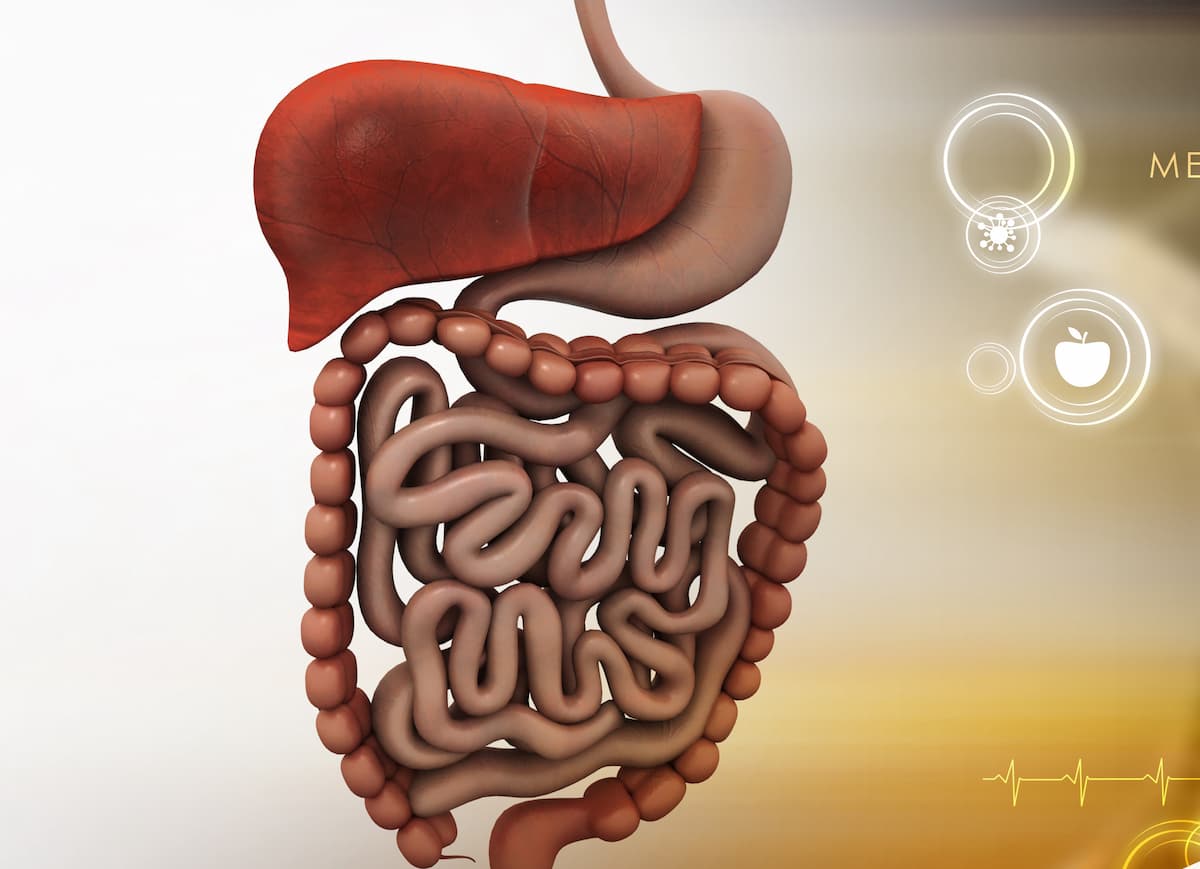Domvanalimab Plus Zimberelimab Improve Efficacy in Gastrointestinal Cancers
Results from arm A1 of the phase 2 EDGE-Gastric study indicate that patients with gastric, gastroesophageal junction, and esophageal adenocarcinoma experienced improved responses after receiving domvanalimab/zimberelimab.
“Most patients derived disease control from this regimen, and still remain on treatment,” according to Yelena Y. Janjigian, MD.

Domvanalimab plus zimberelimab improved efficacy and had a well-tolerated safety profile in the first-line treatment for patients with gastric, gastroesophageal junction (GEJ), and esophageal adenocarcinoma, regardless of PD-L1 status, according to results from arm A1 of the phase 2 EDGE-Gastric trial (NCT05329766) presented at an American Society of Clinical Oncology (ASCO) Plenary Session.
Results from the study, which were presented by Yelena Y. Janjigian, MD, a gastrointestinal oncologist from Memorial Sloan Kettering Cancer Center, highlighted an objective response rate (ORR) in the efficacy evaluable population (n = 41) was 59% (95% CI, 42%-74%), 80% (95% CI, 52%-96%) for patients with high PD-L1 levels (n = 15), and 46% (95% CI, 26%-67%) for patients who were PD-L1 low (n = 24). The confirmed ORR was 56% (95% CI, 40%-72%) in the efficacy evaluable population, 73% (95% CI, 45%-92%) in the high PD-L1 population, and 46% (95% CI, 26%-67%) in the low PD-L1 population.
A confirmed complete response was observed in 5% of patients in the efficacy evaluable population, 7% in the high PD-L1 population, and 0% in the low PD-L1 population. Additionally, the confirmed partial response rates were 51%, 67%, and 46%, respectively, and the unconfirmed partial response rates were 2%, 7%, and 0%.
“Most patients derived disease control from this regimen, and still remain on treatment,” Janjigian said. “This median time on treatment was 33 weeks, so this data is yet to be mature.”
A total of 41 patients were enrolled and randomly assigned to arm A1. Patients in this arm were given 1600 mg of domvanalimab intravenously (IV) every 4 weeks and 480 mg of IV zimberelimab every 4 weeks. This arm also received a chemotherapy regimen consisting of IV oxaliplatin at 85 mg/m2, IV leucovorin at 400 mg/m2, IV bolus of fluorouracil at 400 mg/m2, and 2400 mg/m2 of continuous 46- to 48-hour IV infusion (FOLFOX).
The study’s primary end point was safety and investigator assessed ORR, with secondary end points being efficacy by PD-L1 of overall survival, progression-free survival (PFS), disease control rate, and duration of response.
The median patient age was 61 years old, 59% of patients were male, and 54% were from the United States or France. Most patients had a PD-L1 tumor area positivity score of less than 5% (59%), 5% or more (37%), or unknown (5%).
Discontinuation of study treatment occurred in 41% of patients; this was most commonly due to disease progression (29%), new anticancer therapy (5%), withdrawal (5%), or other reasons (2%). Overall, 17% of patients discontinued the study.
At the time of the data cutoff on September 4, 2023, 59% of patients remained on treatment. The median time on treatment was 33 weeks.
The median PFS was not evaluable (NE; 95% CI, 8-NE) in the efficacy evaluable population; the 6-month rate in this population was 77% (95% CI, 64%-90%), and the median follow-up was 8 months (95% CI, 7-8). The median PFS in the high PD-L1 population was NE (95% CI, 8-NE), the 6-month rate was 93% (95% CI, 81%-100%), and the median follow-up was 8 months (95% CI, 7-8).
Grade 3 or higher TEAEs occurred in 68% of patients, with 56% having high-grade TEAEs related to the combination treatment. Serious TEAEs occurred in 24% of patients. The most common grade 3 or higher TEAEs included neutropenia (49%), anemia (12%), alanine transferase increase (5%), and platelet count decrease (5%).
Infusion-related reactions occurred in 20% of patients; 17% of events were attributed to FOLFOX. Grade 3 or higher immune-mediated AEs occurred in 2% of patients.
Janjigian noted that the results from this study have led to the opening of the phase 3 STAR-221 trial (NCT05568095) analyzing domvanalimab plus zimberelimab and chemotherapy vs nivolumab (Opdivo) and chemotherapy. The study is currently accruing patients with locally advanced unresectable or metastatic gastric, GEJ, or esophageal adenocarcinoma for first-line treatment.
Reference
Janjigian Y. EDGE-Gastric Arm A1: Phase 2 study of domvanalimab, zimberelimab, and FOLFOX in first-line (1L) advanced gastroesophageal cancer. Presented at the American Society of Clinical Oncology Plenary Session. November 7, 2023; virtual; abstract 433248.